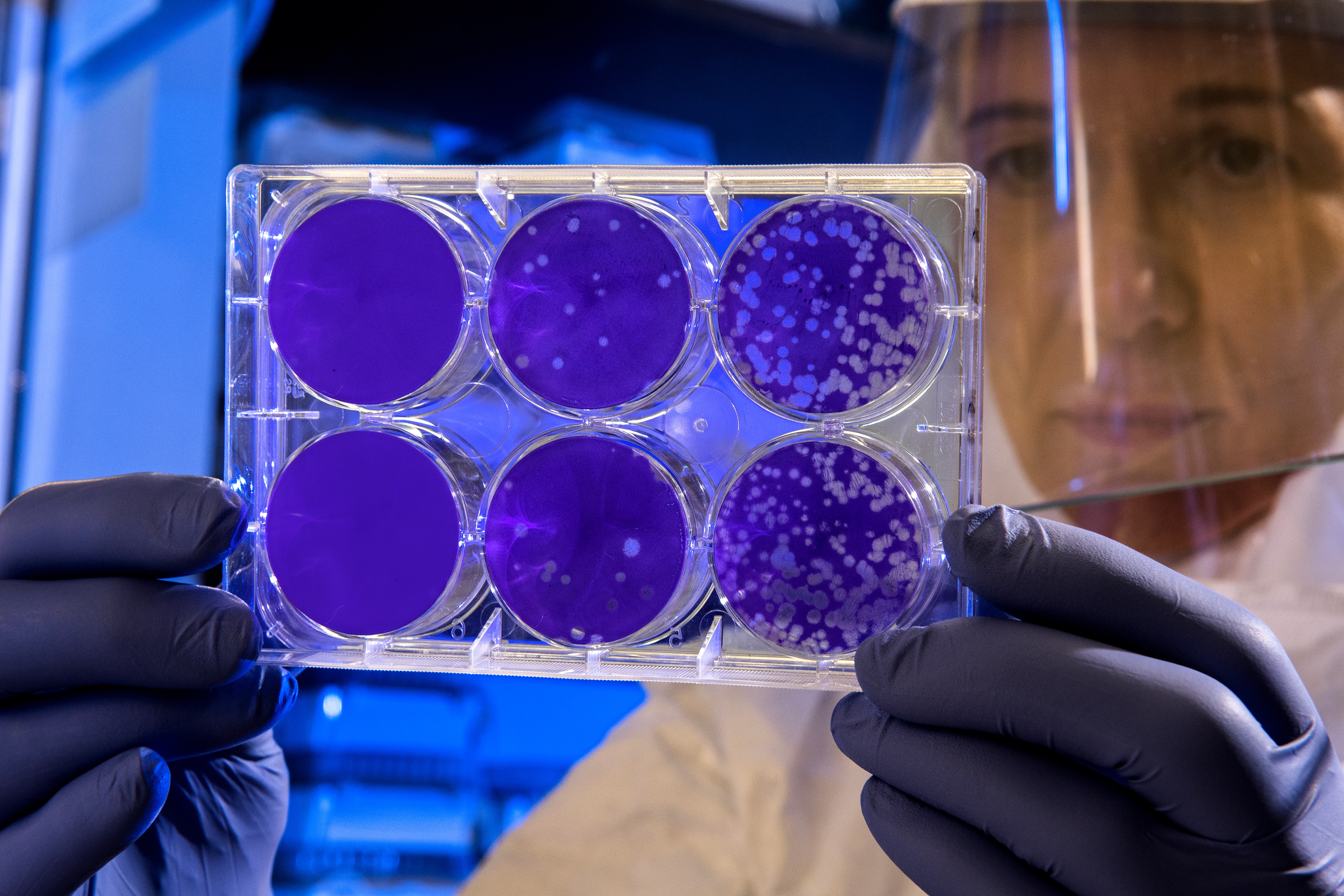
EXPERT REACTION: First Australian novel coronavirus case confirmed in Melbourne
The Victorian government has confirmed that an Australian has contracted the novel coronavirus, 2019-nCoV, and is in isolation in a hospital in Melbourne. An expert reacts below to this new development and what more we know about the virus at this stage.
Organisation/s: The University of New South Wales
News for:
Australia
NSW
VIC
Media contact details for this story are only visible to registered journalists.


Expert Reaction
These comments have been collated by the Science Media Centre to provide a variety of expert perspectives on this issue. Feel free to use these quotes in your stories. Views expressed are the personal opinions of the experts named. They do not represent the views of the SMC or any other organisation unless specifically stated.